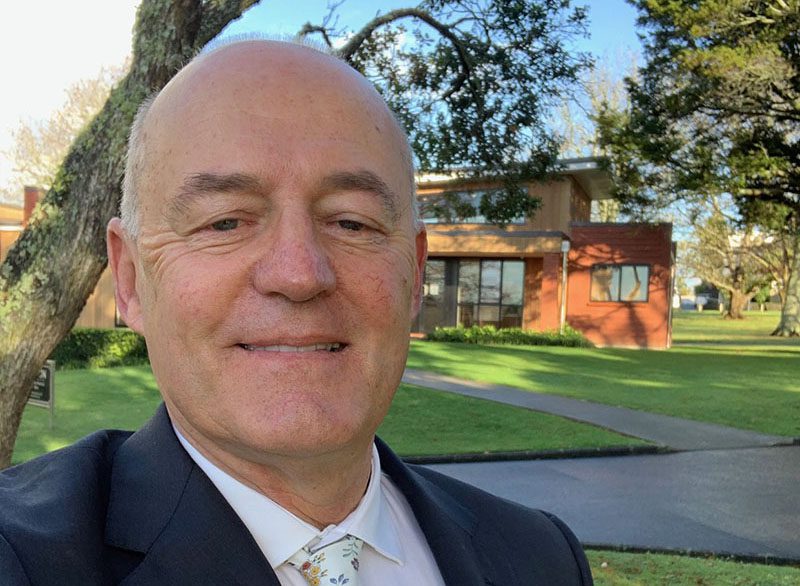Captain Harkness, I presume?
Fans of the BBC’s Dr. Who know that name well. Instantly recognizable in his RAF greatcoat, Captain Harkness was an iconic and unforgettably heroic character. No wonder then that visitors to Purewa Cemetery do a doubletake as they pass a gravestone bearing the words “Capt. Harkness RAF.” He appears to be the right age and looking up his record on Purewa’s website, we see that he bore a striking likeness to the modern-day celebrity.
Amazingly, this real Captain Harkness was no less intrepid than his television counterpart. His life is an extraordinary tale of derring-do, heroism and service to his country.
The First Blitz
The year was 1915 and many young New Zealand men were already bound for Gallipoli when twenty-year-old Donald Harkness saw his future. It was the test flight of a Curtiss biplane. In short order, Don wrote his father with a plan: he’d work as crew on a ship for passage to England, and once there, learn to fly and sign up for service in the RAF.
Reaching London in August, he wrote home about the search lights that swept the skies nightly on the lookout for Zeppelins. A month later, he experienced the behemoths first-hand: “At about 10:30 there came a terrific crash…which shook the house as if it had been an earthquake. Someone in the street called out ‘a Zeppelin!’ People were calling out in the streets; motorcars were flying up and down…. Looking up I saw a sight which I shall never forget…there, far up amongst the stars, was a Zeppelin.”
Biplane Bomber
Thus, his sights were set. After training at Hendon Aerodrome, Donald earned a commission in the RNAS and before long was flying bombing missions against German ships at sea.
However, it was for a mission against the Zeppelins that he was awarded the Distinguished Service Cross. Completing his sortie under heavy fire, Harkness reported that he dropped his bombs and turned back to a cauldron of smoke and flames. The Zeppelin was blown up in its shed.
Harkness gave credit to his uniquely decorated aircraft: “The old brown Sopwith with the kiwi on either side, did her run well.”
The intrepid Harkness did not rest on his laurels. He was later shot down and taken captive over Dutch territory. After the war, Donald worked as an engineer while continuing to pursue his passion for flying. In 1935 he lost his life piloting a sea plane on take-off in the Rangitoto Channel.
Donald Ernest Harkness, Buried at Purewa, Block E Row 38 Plot 082A



